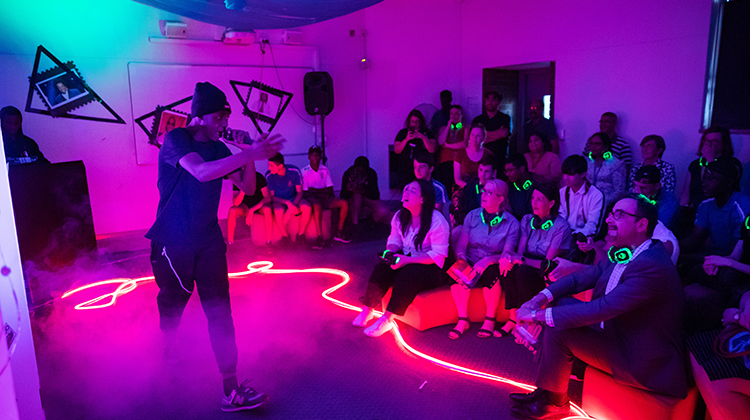Creativity in schools essential for high performance

Creativity can be hard to quantify and its purpose is just as elusive, maybe, maybe not, it looks like a creative aspect to curriculum is key to equipping young people for a future characterised by uncertainty and rapid change.
Applying creativity has the potential to holistically impact children – academically, socially and emotionally – and enhance learning across a range of academic subjects.
Creative approaches positively impact school culture, enhance the sense of community and help students to thrive in uncertain times.
Applying creativity in education can dramatically increase student engagement, equipping both students and the teaching community with the skills and capabilities to meet difference, difficulty and the previously unimaginable with confidence.
Research released by the Australia Council for the Arts Cultivating Creativity: A study of the Sydney Opera House’s Creative Leadership in Learning Program shows creative learning approaches help build confidence, improve academic engagement and prepare young people for future disruption and change. It also transforms teaching staff and the school community.
Conducted over two years, the joint research partnership between the Australia Council and the Opera House examined the impact of the Creative Leadership in Learning (CLIL) program, an innovative Opera House program that works with schools to embed creativity in approaches to teaching and learning.
The Creative Leadership in Learning program is having positive impacts on teachers, students, families and on the culture of participating schools.
Students are experiencing increased engagement with the curriculum, and elevated excitement for learning. Engaging with creativity at school has encouraged students to take risks, share their thoughts, and try new ideas.
For teachers, the program has increased engagement with their teaching practice, enlivening the curriculum and leading to new flexible experiences with students. Through participation in CLIL’s ‘teacher professional learning’, teachers have enjoyed increased support, collaboration and trust between colleagues, resulting in improved health and wellbeing.
Principals and teachers spoke about how applying creativity has the potential to impact the whole child – academically, socially and emotionally.
CLIL has led to increased parent engagement with both their children’s schoolwork and with the school more broadly, enhancing a shared sense of community.
Within schools, CLIL has changed the meaning of creativity and its significant potential for learning across a range of academic subjects, not only those typically associated with the arts. The program is enabling schools to spark a conversation with families, students and other educators about the value of creativity in building new skills such as resilience and adaptability, which will be valued in a new, complex world of work.
For participating artists, CLIL has expanded the horizon and stimuli for creative practice. Artists have experienced new contexts for collaboration, and even new concepts of what artistic collaboration might mean. For many artists, CLIL has also provided a new professional context for their practice, and an important new source of income.
Australia Council CEO Adrian Collette AM said, “This important research further reinforces what we know – that arts and creativity have the power to transform us, and certainly in education. Cultivating Creativity is an optimistic, exciting and useful document that will help educators and cultural organisations adapt for the 21st century.”